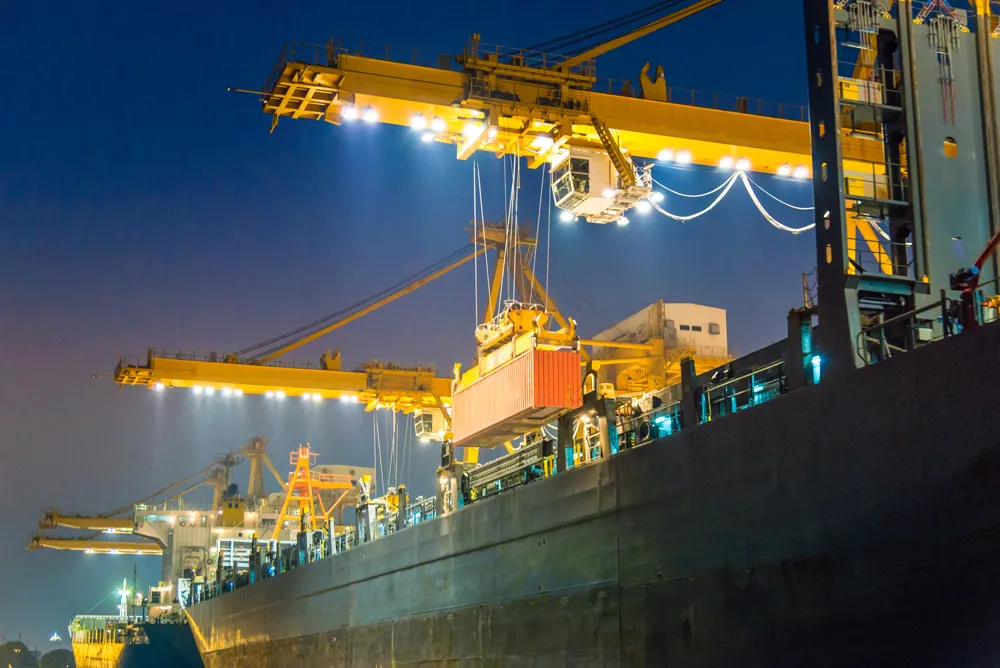
Ripping out legacy analog equipment is the biggest inhibitor for creating connected cities, says Dave Bullock, the managing director of ITS for
According to Bullock, Miovision’s Spectrum adapters can connect traffic cabinets within 20 minutes. Running over 4G wireless networks, critical data can be directly fed from the field to traffic management centers and a mobile app. Connected equipment allows municipalities to identify, troubleshoot and resolve issues quicker before citizens complain, and the reduction of truck runs for on-site maintenance can save man hours and taxpayers’ money.
“Remote management puts the responsibility for maintaining things like traffic controllers back on municipal agencies. Otherwise, cities are just passing the buck to citizens,” Bullock said. New this year, the Spectrum adapters are being deployed in dozens of trials across the U.S.-- typically in cities that have made it a political priority to stay on top of citizen complaints and improve connectivity of their transportation infrastructure. Bullock says that the first largescale rollout will be deployed later this year.









